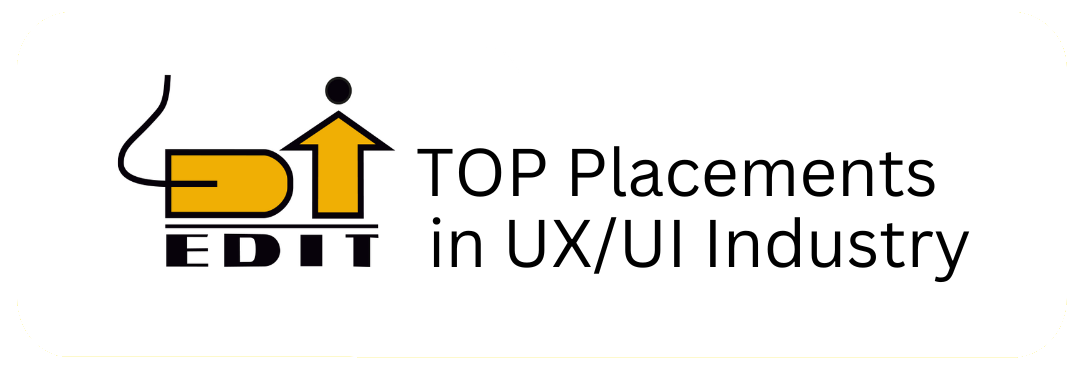Minimalist Design: Less is More in UI/UX

In the ever-evolving landscape of UX design, the ethos of “Less is More” has emerged as a guiding principle for creating sleek, intuitive, and purposeful digital interfaces. Drawing inspiration from the art of minimalism, this design approach is not merely about aesthetics but a profound understanding of user behavior and preferences. In this blog post, we’ll explore the allure and impact of minimalist UX design, uncovering strategies, principles, and best practices that transform digital spaces into seamless, user-centric experiences.
The Essence of Minimalism in UX Design
1. Stripping Away the Excess:
Minimalism in UX design is akin to creating a digital masterpiece with the fewest brushstrokes. It revolves around crafting interfaces that are clean, focused, and efficient. Each element serves a purpose, leading users through a clear and intuitive journey, while clutter is minimized to enhance overall usability.
2. Quiet Elegance:
Minimalism is not a mere aesthetic choice; it’s a celebration of user-centeredness. Understanding that users seek to perform tasks effortlessly, minimalist design simplifies the interface, offering a sense of control and satisfaction. It’s about creating digital spaces that resonate with a harmonious symphony, providing users with an enjoyable and seamless interaction.
Strategies for Minimalist UX Design
1. Guiding Users with Visual Elements:
Formal visual elements such as typography, color, layout, and imagery play a crucial role. Leveraging the principles of International Typographic Style, minimalist design employs legible typefaces, limited color schemes, and grid systems for consistency. These elements guide users, directing attention and conveying meaning without unnecessary distractions.
2. Balancing Form and Function:
Achieving a balance between form and function is paramount. Flat design, characterized by two-dimensional UI components, enhances performance and user experience. By avoiding extraneous effects, flat design prioritizes essential elements, fostering improved findability and comprehension.
3. Harnessing the Power of Negative Space:
Negative space, the area between components on a screen, is a cornerstone of minimalist design. It offers breathing room, avoids overwhelming users with information, and emphasizes crucial elements. Whether using white space or full-color backdrops, negative space enhances readability and usability, especially on mobile devices.
4. Limiting Product Options:
To prevent choice overload, minimalist UX design extends to product offerings. Minimizing options on a page avoids overwhelming users and streamlines decision-making. Breaking content into manageable chunks or employing progressive disclosure can further reduce cognitive overload, enhancing the overall user experience.
Best Practices for a Minimalist UX Design Strategy
1. Focus on Essential Content: Prioritize content that aids users in performing tasks efficiently.
2. Utilize White Space: Leverage negative space to highlight and emphasize content.
3. Flat Design Elements: Embrace two-dimensional design for functional and aesthetically pleasing interfaces.
4. Bold Typography: Use typography strategically to draw attention to key messages.
5. Design Contrast: Apply high contrast elements to direct attention without unnecessary complexity.
Examples of Minimalist Designs
1. Google Chrome:
Google Chrome exemplifies a minimalistic approach, distilling the user experience to the essential functionality of search. Abundant negative space highlights the bold typography of the Google logo.
2. Lyft Mobile App:
The Lyft native mobile app adopts minimalist principles by eliminating excessive text and relying on clear communication. With just four words in the user interface – “Where are you going?” – it ensures a succinct and user-friendly experience.
